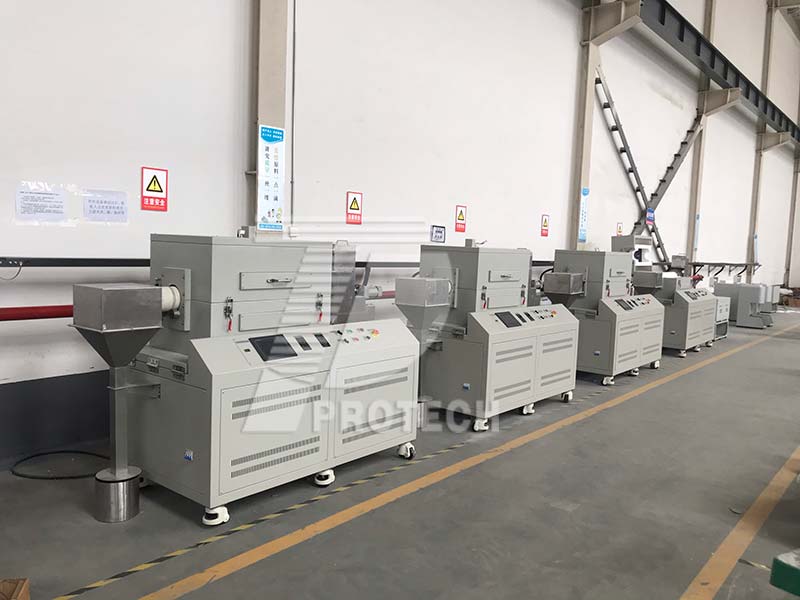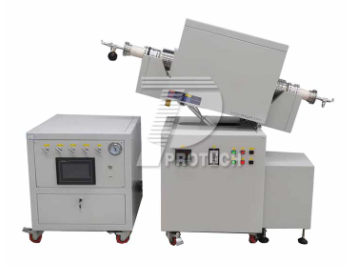


NEWS
The selection of experimental rotary furnaces is a process that requires comprehensive consideration of multiple factors. Here are some key selection points to help you make appropriate decisions:

A commonly used experimental rotary furnace (click on the image to view product details)
1. Clarify experimental requirements
Material type: Determine the type of material that needs to be processed, such as powder materials, ceramics, metallurgical materials, etc., as different materials may require different furnace materials and heating methods.
Process requirements: Understand the temperature range, heating speed, insulation time, and other process requirements required for the experiment in order to select a rotary furnace that meets the requirements.
Production demand: Select a rotary furnace with appropriate volume and heating power based on the experimental scale and production efficiency requirements.
2. Consider furnace type and structure
Furnace type selection: There are various types of experimental rotary furnaces, such as horizontal, vertical, single tube, multi temperature zone, etc. Select the appropriate furnace type based on the specific requirements of the experiment. For experiments that require high surface utilization, a furnace type with single row tubes and double-sided radiation can be chosen; For experiments with high design loads, it may be necessary to select cylindrical furnaces, multi temperature zones, etc. through technical and economic comparisons.
Furnace tube material: The furnace tube material directly affects the high temperature resistance and service life of the furnace. Common furnace tube materials include stainless steel, nickel based high-temperature alloys, corundum tubes, quartz, silicon carbide, etc. Select the appropriate furnace tube material based on the experimental temperature and requirements.
Heating method: The main heating method is electric heating. The electric heating method has the advantages of high temperature control accuracy and easy operation, and is a commonly used heating method for experimental rotary furnaces.
3. Pay attention to performance parameters
Temperature control accuracy: Temperature control accuracy is one of the important performance indicators of experimental rotary furnaces. High precision temperature control can ensure the accuracy and reproducibility of experimental results.
Furnace tube speed and inclination angle: The furnace tube speed and inclination angle can be adjusted according to experimental requirements to optimize experimental results. For example, adjusting the furnace tube speed can improve the heating uniformity of materials.
Atmosphere control: Some experiments require specific atmospheric conditions, such as nitrogen, argon, and other inert gas protection. Therefore, when choosing a rotary furnace, its atmosphere control capability needs to be considered.

A commonly used experimental atmosphere rotary furnace (click on the image to view product details)
4. Consider other factors
Safety performance: The experimental rotary furnace may involve hazardous factors such as high temperature and high voltage during operation, so safety performance is very important. Choose a furnace with comprehensive safety protection measures to ensure the safety and reliability of the experimental process.
After sales service: Choose a manufacturer or brand with good after-sales service so that you can receive timely technical support and solutions when encountering problems during use.
5. Reference market price
The price of experimental rotary furnaces varies depending on factors such as brand, model, and performance. When choosing, you can weigh your budget and actual needs and choose products with high cost-effectiveness.
In general, the selection of experimental rotary furnaces requires comprehensive consideration of multiple factors such as experimental requirements, furnace type and structure, performance parameters, safety performance, after-sales service, and market price. Through comprehensive comparison and evaluation, choose a rotary furnace that suits your experimental needs.Click to learn more rotary tube furnaces! Or click on online customer service to learn more about product information!
Leave A Message